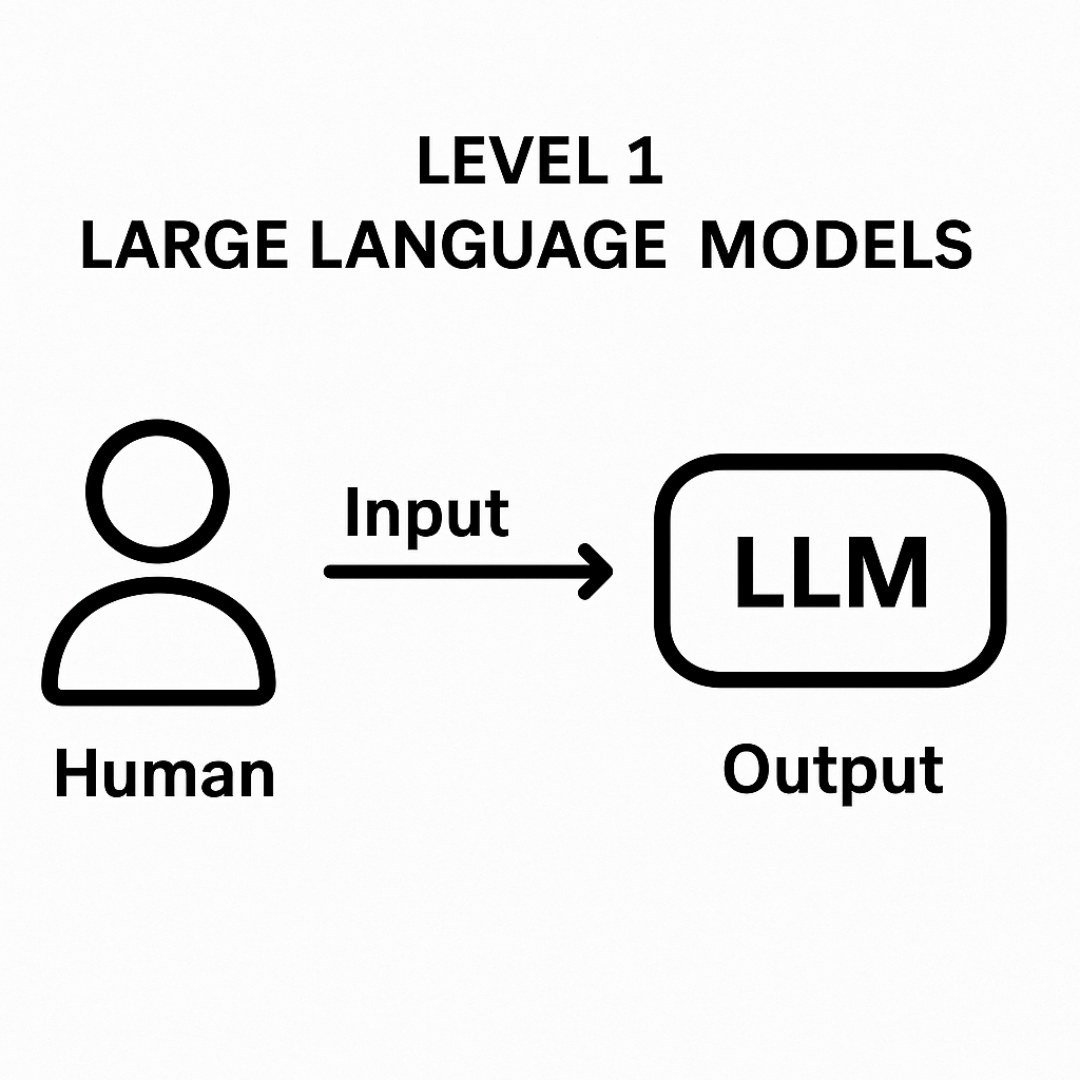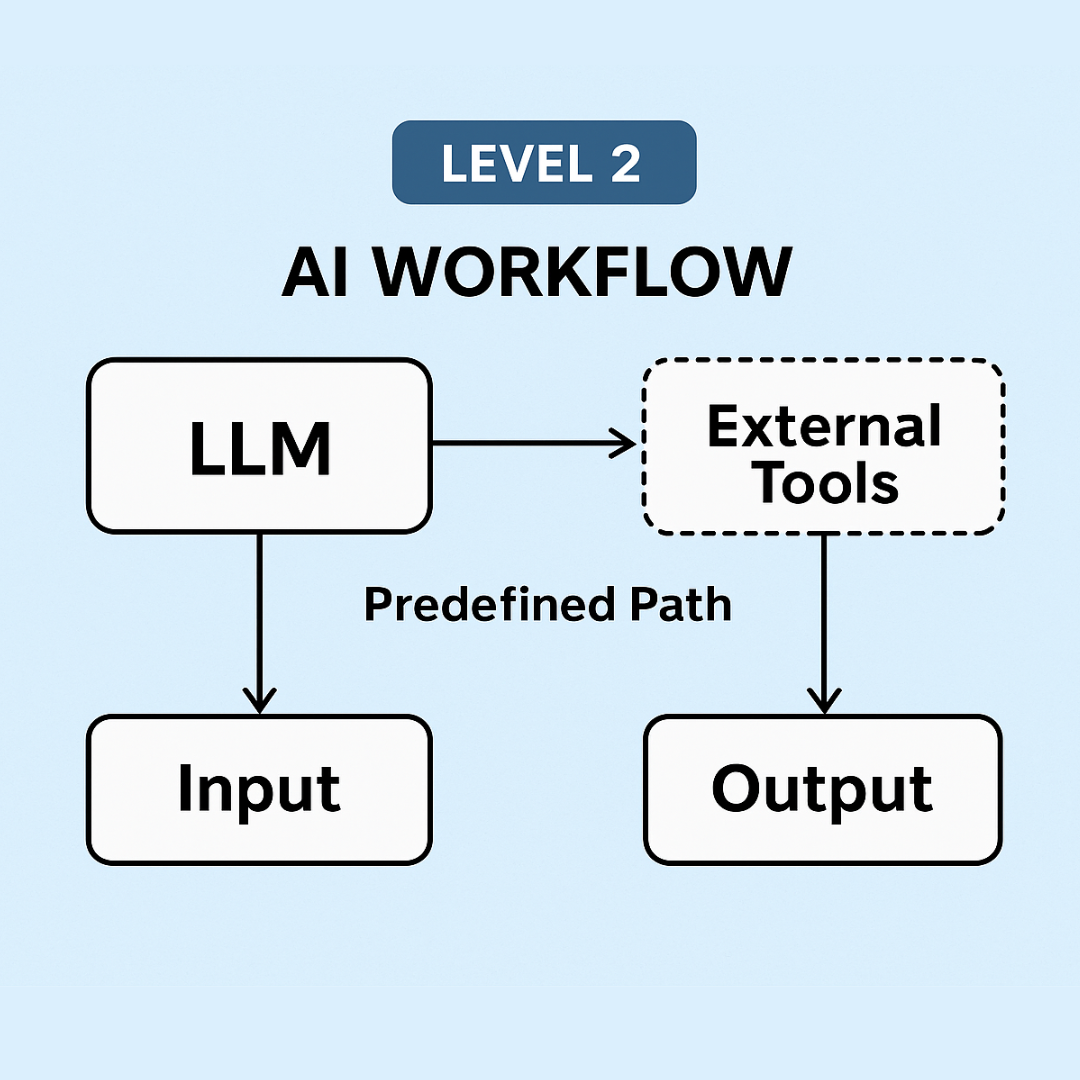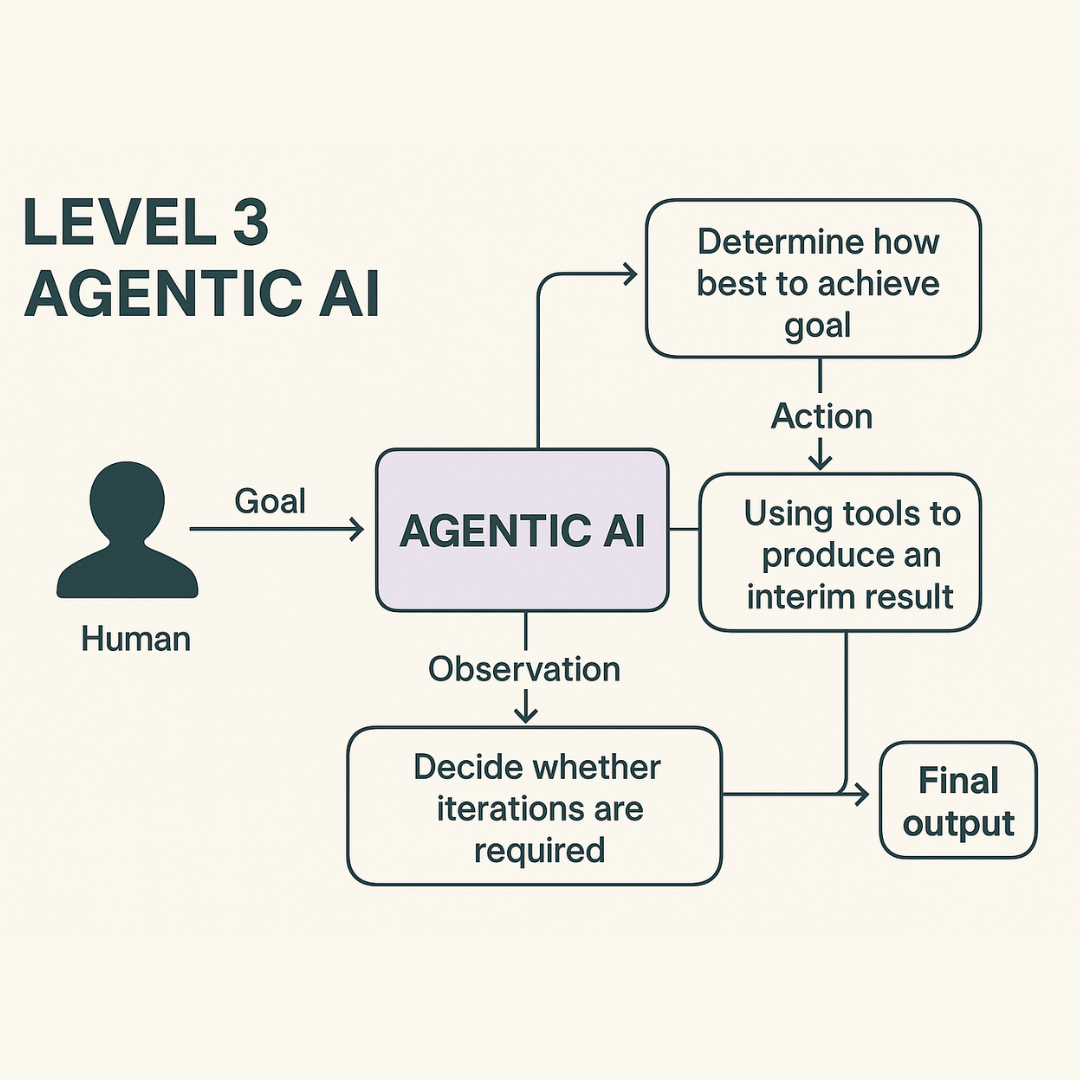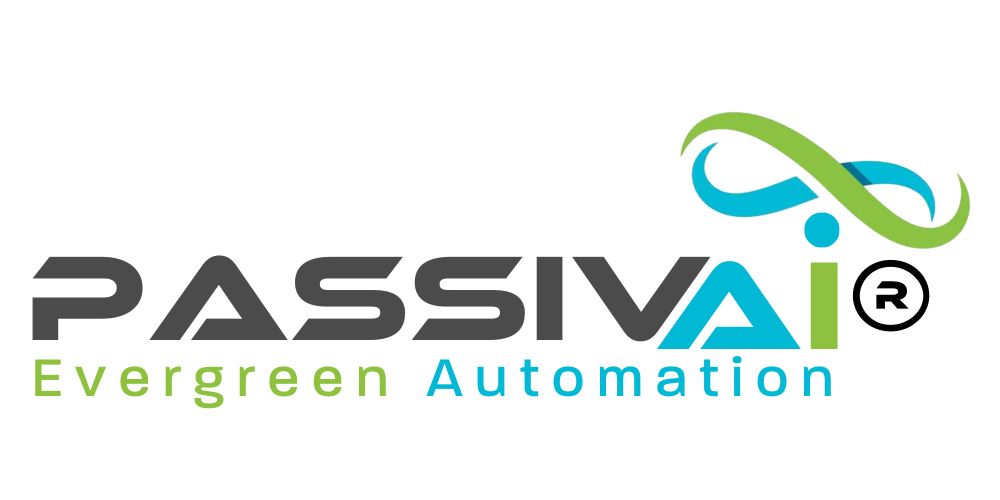Agentic AI Explained:
How Agentic AI Helps Startups Build Passive Income

|
Date published: 26th August 2025 |
 |
What is Agentic AI?
Agentic AI is simply AI that doesn’t just wait for instructions — it acts. Instead of producing answers only when you type a prompt, agentic AI systems can reason, take action, and improve their own work. Think of them as digital team members that can handle multi-step jobs, adapt to changes, and deliver outcomes with minimal hand-holding.
Where traditional AI is rules-based (good at repetitive tasks) and generative AI is creative (good at producing text, images, or code when asked), Agentic AI is goal-oriented. It decides the best way to achieve a result, learns from the process, and gets smarter over time.
What Does “Agentic” Mean?
“Agentic” means able to act independently with purpose. Instead of just reacting to a command, an agentic AI:
- Thinks: weighs up different options and chooses the best path
- Acts: uses tools, apps, and data to carry out the plan
- Learns: improves with each run through reinforcement learning
- Adapts: changes course if it hits an obstacle
For entrepreneurs, this is a step change: you’re no longer stuck telling AI exactly what to do. You set the goal, and the system figures out the how.
How Does Agentic AI Work?
Agentic AI systems are often made up of multiple “AI agents,” each designed for a role. For example:
- Information agents gather and summarise knowledge (great for research).
- Workflow agents execute multi-step processes (ideal for admin and campaigns).
- User assistants work directly with individuals (perfect for scheduling, inbox management, or drafting copy).
These agents can be orchestrated together like a team, each one specialising in part of the job.
Benefits of Agentic AI
- Autonomy: completes jobs without you micro-managing.
- Reasoning: makes smart choices in real-time.
- Learning: improves results the more it’s used.
- Workflow optimisation: executes multi-step tasks faster and cleaner than humans.
- Scalability: multiple agents can be combined to handle growing demands.
The Three Levels of AI in Plain English
To really understand what makes Agentic AI different, it helps to zoom out and look at the journey AI has taken so far. You can think of it in three levels:
- Level 1 – the chatbots we all know, waiting for us to give them prompts.
- Level 2 – automated workflows that follow rules we design.
- Level 3 – fully agentic AI systems that reason, act, and improve on their own.
Each level builds on the one before it, moving from reactive tools to proactive digital workers. Let’s break it down.
Level 1: Chatbots (Your First Digital Helper)Large Language Models (LLMs) like ChatGPT or Claude are good at one thing: turning text into useful answers.
Think of them as helpful interns who answer questions — but they sit at their desk waiting for you to give instructions. |
 |
Level 2: AI Workflows (Automations That Follow a Script)Workflows are a step up. Instead of you manually asking the AI every time, you set rules in advance.
This is automation, but it’s still limited. The AI can’t decide what to do next if something unexpected happens. It just follows your instructions, like a recipe from Russell Brunson’s Funnel Hacker’s Cookbook. |
 |
Level 3: AI Agents (Digital Workers Who Think for Themselves)
Here’s where things get exciting. AI Agents aren’t just interns or recipes — they’re junior team members who can think, act, and improve.
|
Three key traits make them different:
|
 |
This is the shift the ChatGPT Agent feature signals: a move from passive chatbots to active digital workers.
Why Agentic AI Matters for Online Business Startups
AI Agents: What They Mean for Your Business
AI Agents sound complicated, don’t they? Like something out of a sci-fi film. In reality, they’re just smart digital helpers that can reason, act, and improve their own work. Think of them as “virtual staff” who can take care of repetitive online tasks so you can focus on creating assets that actually grow your business.
This matters if you’re a startup founder, solopreneur, or side-hustler because time is your most valuable currency. As MJ DeMarco said in Unscripted, most people are trapped in a script of trading hours for money. AI agents break that cycle by giving you leverage — letting you earn more without adding more hours.
Why Does This Matter for Entrepreneurs?
Most solopreneurs and startups waste hours on repetitive, low-value tasks — emails, reports, research, scheduling.
Agentic AI can take this load off your plate.
- Research competitors → done by a specialist agent.
- Manage a cold-email campaign → handled by a workflow agent.
- Summarise meetings and schedule follow-ups → covered by an assistant agent.
That frees your time to focus on evergreen assets — the products, funnels, and communities that keep generating revenue while the agents handle the grind.

Let’s connect this to your world — evergreen, passive income systems.
- Competitor Research: A specialist agent can scan the web, analyse competitors’ offers, and hand you a clear comparison. Instead of paying for hours of VA research, you get actionable insights instantly.
- Lead Generation: Agents can scrape LinkedIn, find decision-makers, and update your CRM automatically. That means no more manually hunting down prospects.
- Content Creation: Agents can turn raw data into blogs, slides, or even full email campaigns. That’s marketing output without the bottleneck of human bandwidth.
- Admin Tasks: From sending invoices to updating spreadsheets, agents handle the boring “click-here, copy-paste-there” jobs.
Real-World Examples of Agentic AI
- Customer Service: resolving refunds, rerouting shipments, or fixing billing errors automatically.
- HR: onboarding staff, provisioning access, and answering policy questions in real time.
- Finance: monitoring transactions, flagging fraud, and freezing accounts if needed.
- Software Development: automating code reviews, testing, and even incident response.
These aren’t abstract ideas — businesses are already deploying agents to cut costs and speed up operations.
Risks & Challenges
Like any powerful tool, agentic AI comes with watch-outs:
- Control: autonomous systems need oversight to ensure they don’t go off-track.
- Bias: if trained on poor data, they can make unfair decisions at scale.
- Security: more autonomy means more sensitive access points.
- Integration: fitting agentic AI into existing systems takes planning.
The solution isn’t to avoid agentic AI, but to introduce it strategically with human oversight.
The Future of Agentic AI
 The Future? Agentic AI for Passive Ecommerce
The Future? Agentic AI for Passive EcommerceLooking ahead, expect agentic AI to:
- Blend synthetic and real-world data for smarter decisions.
- Orchestrate multiple agents across entire businesses.
- Personalise experiences in real time at scale.
In short: agentic AI is shifting AI from responding to doing.
TL;DR
Agentic AI is the evolution of digital helpers:
- Level 1 – Chatbots: Simple LLMs like ChatGPT respond to prompts (think: drafting emails). Great for quick answers but passive.
- Level 2 – AI Workflows: Predefined automations (e.g. Make.com sequences) pull data, summarise, and post. Efficient but rigid.
- Level 3 – Agentic AI: Smart “digital workers” that reason, act, and improve on tasks (like managing campaigns or LinkedIn outreach).
From the business side, you’ll use specialist agents for focused jobs (competitor research, lead scraping) and generalist agents for admin and creative overflow (slides, cold email, reports).
The big opportunity for solopreneurs? Agentic AI takes over the repetitive grind, giving you time to build evergreen assets—products, funnels, and communities—that keep earning long after you’ve clocked off.
Agentic AI is more than the next tech buzzword. It represents a shift from AI that simply responds, to AI that thinks, acts, and improves. For entrepreneurs, solopreneurs, and startups, it means handing off the grind — research, admin, repetitive workflows — so you can focus on building evergreen assets that keep paying you back.
Want to go deeper into how to use Agentic AI to automate, scale, and grow your business?
👉 Discover more about joining Infinity Engine

